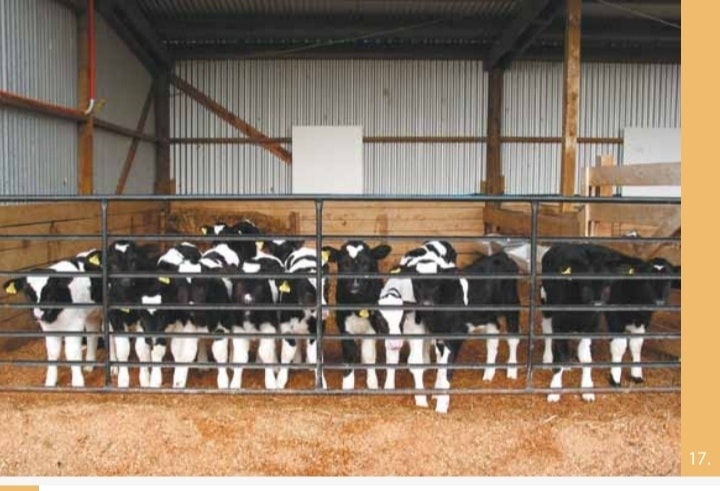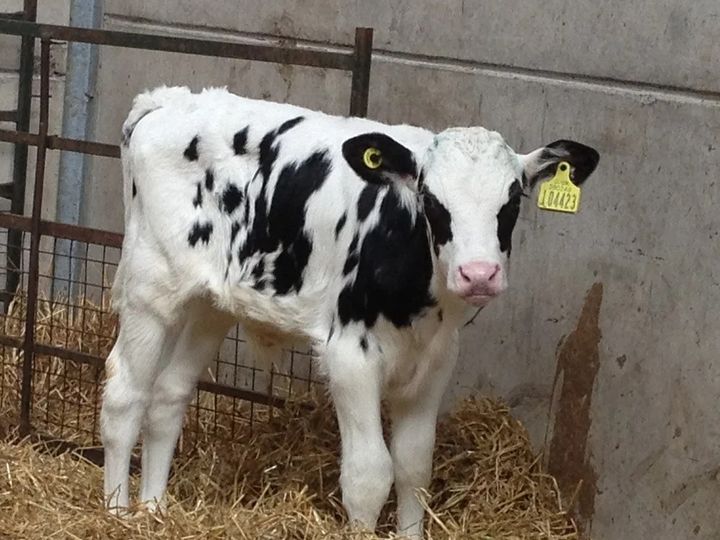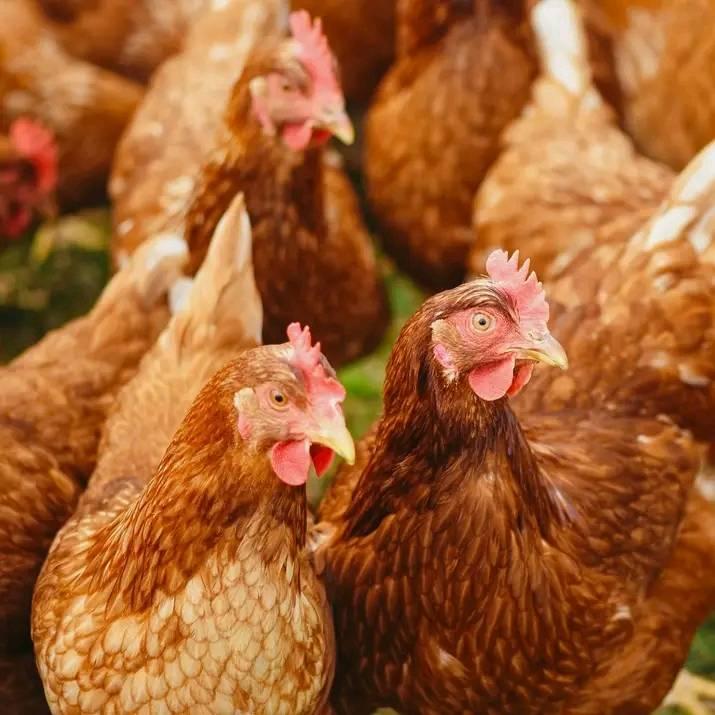Mites, microscopic pests that live on or in the skin of animals, are a common concern for livestock owners. These tiny creatures can cause a skin condition known as scab or mange, posing a threat to the well-being of the affected animals. In this article, we will delve into the characteristics of mites, their impact on livestock, symptoms of infestation, transmission methods, effective treatment options, and crucial preventive measures.
Characteristics of Mites:
Most mites are minuscule and challenging to detect with the naked eye. They can either live on the skin surface or burrow just beneath it, creating tunnels that can extend up to an inch in length. Mites feed on tissue fluids, not blood, by pricking the skin, resulting in itchy and oozing wounds. The most severe form of mange caused by mites is known as scabies.
One specific type of mite, Sarcoptic mites, burrows inside the skin, leading to the formation of tiny bumps. The secretion from these mites causes intense skin irritation and itching. The host animal, in response to the discomfort, continuously scratches, leading to hair loss in affected areas and damage to the skin.
Symptoms of Mite Infestation:
Livestock affected by mites often exhibit signs such as licking, scratching, and hair loss due to continual rubbing. Tiny lumps may appear on the withers, and mites tend to concentrate on specific areas such as the pasterns, inner surfaces of the legs, in front of the udder, and the tail head. Visible symptoms include flaky skin, occasional scabs, and areas where hair has been rubbed off.
Transmission of Mites:
Mites are primarily transmitted from one animal to another through direct contact. Close contact facilitates the spread of mites and their eggs. Additionally, mites can be transmitted through contact with infested bedding, feed, and objects that infected cattle have rubbed against. If left untreated, affected animals may experience weight loss and a decrease in milk production.
Treatment Options:
Timely and effective treatment is crucial for managing mite infestations in livestock. Consulting a veterinarian is recommended to determine the most suitable treatment plan. Various products are available for mite control, including pour-ons, sprays, powders, dips, and injectable solutions. Proper application of these products can help eliminate mites and alleviate the associated symptoms.
Prevention:
Preventing mite infestations is vital for maintaining the health of your herd. Never expose your livestock to animals infected with mites, and avoid purchasing animals that exhibit signs of itchiness and scratching with patches of missing hair. If one animal in a herd becomes infected, it is crucial to treat all animals to halt the spread of this damaging condition. A veterinarian can assist with diagnosis by taking a skin scraping from the outer edges of the scabs to check for mites and recommend appropriate treatment measures.
In conclusion, a proactive approach to both treatment and prevention is essential for effectively managing mite-related issues in livestock. By staying vigilant and implementing appropriate measures, livestock owners can safeguard the well-being of their herds and prevent the detrimental effects of mite infestations.





